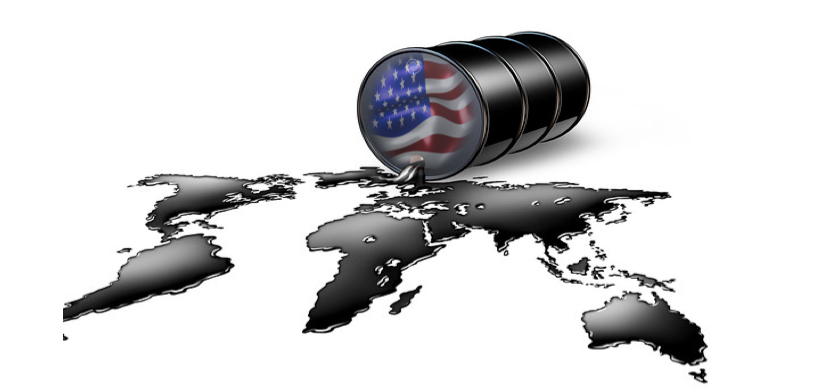The world’s energy axis is shifting as we write. Global oil and gasoline prices dropped in October 2014 to 17-month lows. Saudi Arabia cut the price of its benchmark Arab Light oil to the lowest point since December 2008. Russia’s oil production is approaching post-Soviet highs. Libya’s production is now recovering; Europe’s demand is anemic given the weak economy; and Chinese demand for oil is up only 2% from last year (less than expected).
On the home front, the US is further pushing this energy shift. Consider this: North Dakota is now producing more oil than Libya. In the US, Citigroup dropped its oil price forecasts for the final quarter of 2014 by 10%. The major driver for this change is the boom in US oil and gas production, which has also dramatically decreased US energy imports. As a result, nations that have long exported oil to the US have been forced to find new markets – and in many cases – to significantly lower their prices to be competitive. Many analysts believe that this dynamic will significantly impact exporters’ economies. “Most energy-producing states that lack diversified economies, such as Russia and Iran, will lose out, whereas energy consumers, such as China, India, and other Asian states, stand to gain,” according to Robert Blackwell and Meghan O’Sullivan in Foreign Affairs.

